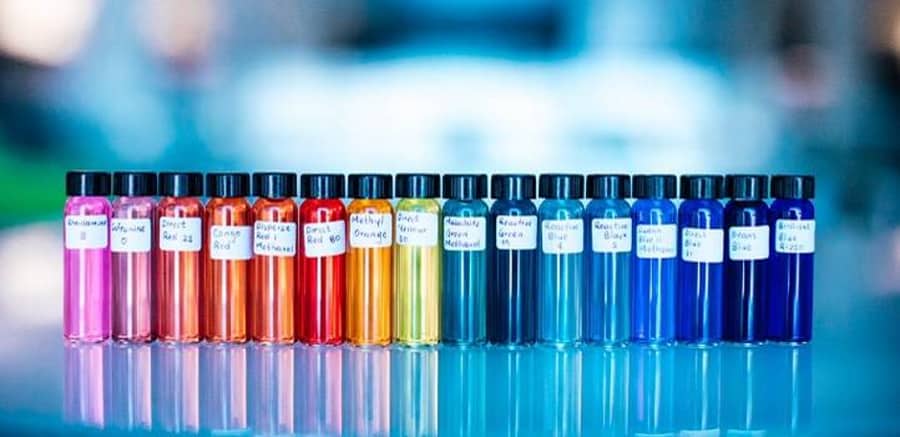Aquaporins inspire graphene-oxide membrane
Nanoscale water channels found in nature have provided the inspiration at KAUST for a graphene-oxide-based membrane that rapidly separates chemical mixtures.

In the natural world, aquaporins rapidly shuttle water molecules into and out of cells and mimicking this function could help improve the production of chemicals and pharmaceuticals.
KAUST researchers in Saudi Arabia have tailored the structure of graphene-oxide layers to mimic the hourglass shape of these biological channels, creating ultrathin membranes to rapidly separate chemical mixtures. Their research is published in Journal of Materials Chemistry A.
"In making pharmaceuticals and other chemicals, separating mixtures of organic molecules is an essential and tedious task," said Shaofei Wang, postdoctoral researcher in Suzana Nuñes lab at KAUST.
One way to make these chemical separations faster and more efficient is through selectively permeable membranes, but these are faced with a compromise called the permeance-rejection trade-off. This means narrow channels may effectively separate the different-sized molecules, but they also have a low flow of solvent through the membrane, and vice versa - they flow fast enough, but perform poorly at separation.
Register now to continue reading
Thanks for visiting The Engineer. You’ve now reached your monthly limit of news stories. Register for free to unlock unlimited access to all of our news coverage, as well as premium content including opinion, in-depth features and special reports.
Benefits of registering
-
In-depth insights and coverage of key emerging trends
-
Unrestricted access to special reports throughout the year
-
Daily technology news delivered straight to your inbox










UK Enters ‘Golden Age of Nuclear’
The delay (nearly 8 years) in getting approval for the Rolls-Royce SMR is most worrying. Signifies a torpid and expensive system that is quite onerous...